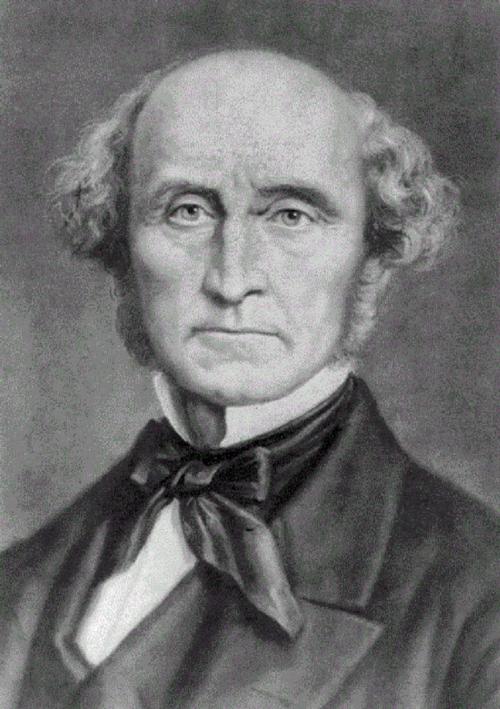The Savings of the Middle and Working Classes (Illustrated)
Business & Finance, Economics, Macroeconomics, Theory of Economics| Author: | John Mill | ISBN: | 1230000275155 |
| Publisher: | AS Team | Publication: | October 20, 2014 |
| Imprint: | Language: | English |
| Author: | John Mill |
| ISBN: | 1230000275155 |
| Publisher: | AS Team |
| Publication: | October 20, 2014 |
| Imprint: | |
| Language: | English |
The book has an active table of contents for easy access to each chapter.
John Stuart Mill made essential contributions to social theory, political theory and political economy. He has been called "the most influential English-speaking philosopher of the nineteenth century".
However, John Mill was also an important contributor for the foundation of modern monetary theory. John Mill's views on monetary theory were developed with his methodological approach, in which reactions to practical problems directed theoretical inquiry, instead of theory developing separately from policy questions. Mill’s focus on monetary theory at his time was how to deal with the periodic recessions and financial disruptions that were occurring.
John Mill’s works also influenced Irving Fisher who completed his great works such as The Debt-deflation Theory of Great Depressions and The Theory of Interest .
Savings of the middle and working classes are a hot monetary subject across the developed countries today. John Mill looked into the economic aspect of the savings of the middle classes through this essay. He argued in this essay “I think that the great value of a limitation of responsibility, as relates to the working classes, would be not so much to facilitate the investment of their savings, not so much to enable the poor to lend to those who are rich, as to enable the rich to lend to those who are poor.” This sounds family today that the middle and working classes use their savings to lend to those who are rich. This should be the other way around.
John Mill is known as one of the founders of economics. This is a must-read book for people who are interested in the deepest thoughts about the savings of middle classes by John Mill, one of the greatest thinkers on the planet.
The book has an active table of contents for easy access to each chapter.
John Stuart Mill made essential contributions to social theory, political theory and political economy. He has been called "the most influential English-speaking philosopher of the nineteenth century".
However, John Mill was also an important contributor for the foundation of modern monetary theory. John Mill's views on monetary theory were developed with his methodological approach, in which reactions to practical problems directed theoretical inquiry, instead of theory developing separately from policy questions. Mill’s focus on monetary theory at his time was how to deal with the periodic recessions and financial disruptions that were occurring.
John Mill’s works also influenced Irving Fisher who completed his great works such as The Debt-deflation Theory of Great Depressions and The Theory of Interest .
Savings of the middle and working classes are a hot monetary subject across the developed countries today. John Mill looked into the economic aspect of the savings of the middle classes through this essay. He argued in this essay “I think that the great value of a limitation of responsibility, as relates to the working classes, would be not so much to facilitate the investment of their savings, not so much to enable the poor to lend to those who are rich, as to enable the rich to lend to those who are poor.” This sounds family today that the middle and working classes use their savings to lend to those who are rich. This should be the other way around.
John Mill is known as one of the founders of economics. This is a must-read book for people who are interested in the deepest thoughts about the savings of middle classes by John Mill, one of the greatest thinkers on the planet.















